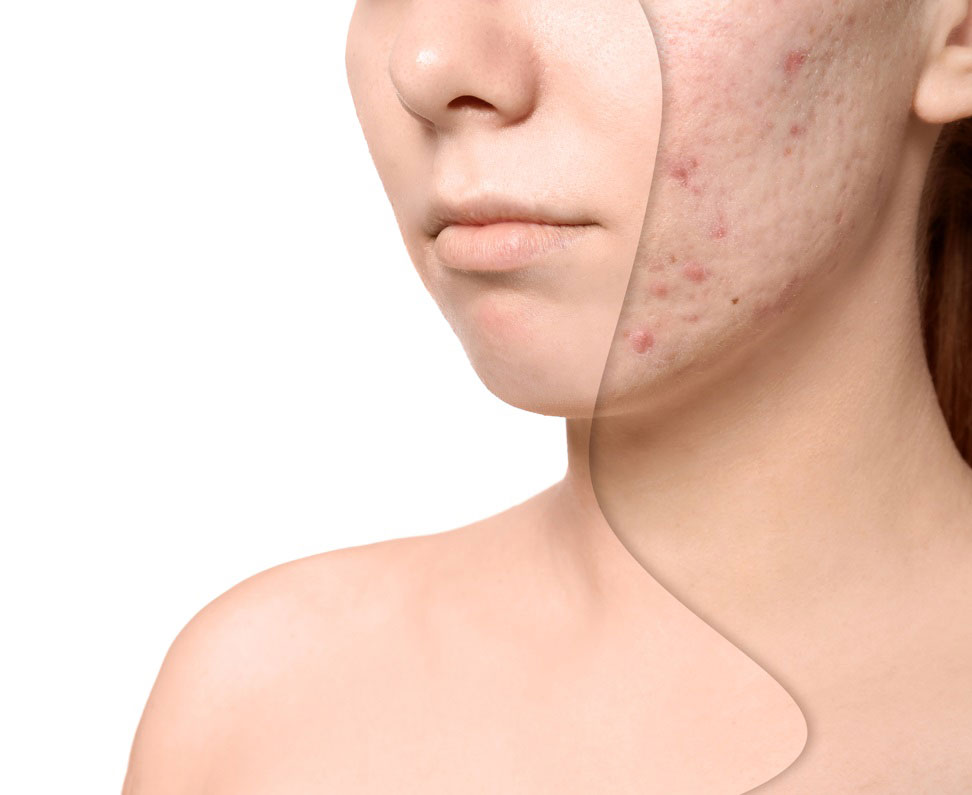Facial Scar Revision Surgery
Facial Scar Revision Surgery

Facial Scar Revision Surgery
Scars are visible signs that remain after a wound has healed. They are the unavoidable results of injury or surgery, and their development can be unpredictable. Poor healing may contribute to noticeable, unsightly, or disfiguring scars. Even a wound that heals well can result in a scar that affects your appearance. There are many types of scars. They can be thick and raised (hypertrophic scars) or extensive and lumpy (keloid scars). They may also be flat, discolored, or depressed (sunken beneath the surface of your skin).
The type, location, and scar etiology are essential factors in determining proper scar revision treatment. Before the treatment, you may need to:
- Eat a diet rich in minerals and vitamins, especially zinc and vitamins A, C, and E, to help heal wounds.
- Quit smoking, as tobacco use can prevent wound healing.
- Stop taking anticoagulants (medication that prevents blood clots).
Scar revision techniques may include:
- Topical treatments.
- Polyurethane Dressing
- Pressure Therapy
- Silicone Gel
- Injectables.
-
- 5-FU Bleomycin
- Corticosteroid
- Cryotherapy
- Dermal Fillers
- Skin resurfacing.
- Chemical Peel
- Dermabrasion
- Dermaplaning
- Light or Laser Therapy
- Skin Bleaching
- Micro-needling
- Surgery.
- Common scar revision surgeries include Z-Plasty and W-Plasty. A surgeon cuts the scarred skin into a “Z” or “W” formation, giving that skin area more movement once it heals.
- Some people need skin grafts if there isn’t enough healthy skin to close the wound.
Topical treatments tend to carry the fewest risks, which include mild discomfort or skin irritation such as a rash (Contact Dermatitis). Injections and resurfacing therapies can lead to redness, swelling, blistering, and increased sensitivity to sunlight. They may also change the color of the scar, making it darker than the surrounding skin. Also, you may experience some bleeding after the surgery. The initial healing phase of a surgical scar revision may include localized swelling, discoloration, or discomfort and may take 1 to 2 weeks.
Contact your healthcare provider if you notice your scar or the skin around it is:
- Serious Bleeding.
- Blistered.
- Infected.
- Severely swollen.